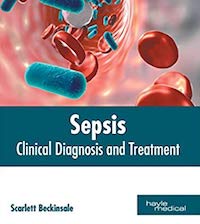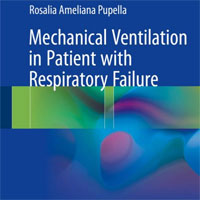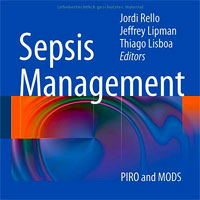Tag: ventilation
Noninvasive Ventilation in Patients With Hematologic Malignancy
Two-thirds of patients with Hematologic Malignancy and respiratory failure failed Noninvasive Ventilation (NIV) and required endotracheal intubation, and had high subsequent mortality. Patients who failed NIV had higher Paco2,... read more

Airway Management of The Morbidly Obese Patient
Obesity is a major health care dilemma. All aspects of medical care, including anesthesia, are affected by it. All physiologic systems are altered by obesity, which imparts a higher risk for complications in the perioperative... read more

Hyperventilation Therapy for Control of Post-Traumatic Intracranial Hypertension
During traumatic brain injury, intracranial hypertension (ICH) can become a life-threatening condition if it is not managed quickly and adequately. Physicians use therapeutic hyperventilation to reduce elevated intracranial... read more
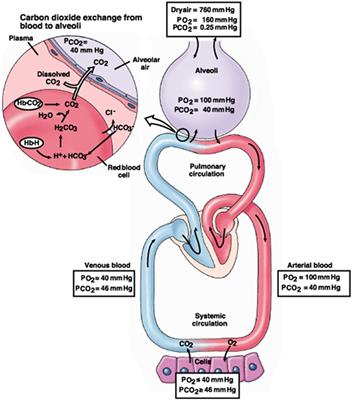
Avoiding Intubation
Review the basic principles and physiology of Non-Invasive Ventilation and High-Flow Oxygen Systems. Critical Care Summit talk by William Bender, MD, Assistant Professor of Pulmonary and Critical Care Emory University School... read more

External Validity of Electronic Sniffers for Automated Recognition of ARDS
Automated electronic sniffers may be useful for early detection of acute respiratory distress syndrome (ARDS) for institution of treatment or clinical trial screening. Published electronic sniffer algorithms for ARDS may... read more

Ventilation Rate During Adult CPR with Tracheal Tube
The optimal ventilation rate during cardiopulmonary resuscitation (CPR) with a tracheal tube is unknown. A new systematic review finds that a ventilation rate recommendation of 10 min-1 during adult CPR with a secure airway... read more

Non-invasive Ventilation for the Management of AHRF due to Exacerbation of COPD
Non-invasive ventilation (NIV) with bi-level positive airway pressure (BiPAP) is commonly used to treat patients admitted to hospital with acute hypercapnic respiratory failure (AHRF) secondary to an acute exacerbation of... read more

High-Observation Protocol Cuts Length of Stay in Head
A high-observation protocol (HOP) appears to optimize clinical care for patients with head and neck cancer undergoing primary surgery, according to a study published online June 20 in Head & Neck. The researchers found... read more

Intubation During CPR was Associated with Worse Survival and Brain Health
Intubating patients in cardiac arrest is widely considered ideal care. But in this analysis, the patients who were intubated were less likely to survive (16% vs 19%) or have a good functional outcome (~11% vs ~14%). Intubation... read more

Low Levels of Physical Activity During Critical Illness and Weaning
Physical rehabilitation can benefit critically ill patients during ICU admission, but routine clinical practice remains inconsistent nor examined in prolonged mechanical ventilation patients transferred to a specialist ventilator... read more

The Air is Everywhere
A 12-year-old male with a history of mild persistent asthma presented to the Emergency Department (ED) with acute onset of chest pain and a "crackling" feeling along his sternum. Two days prior he was seen by his... read more

Effect of Noninvasive Ventilation Delivered by Helmet vs Face Mask on the Rate of Endotracheal Intubation in Patients With ARDS
Noninvasive ventilation (NIV) with a face mask is relatively ineffective at preventing endotracheal intubation in patients with acute respiratory distress syndrome (ARDS). Delivery of NIV with a helmet may be a superior strategy... read more

Withholding Pantoprazole for Stress Ulcer Prophylaxis in Critically Ill Patients
A decreased frequency of upper gastrointestinal bleeding and a possible association of proton pump inhibitor use with Clostridium difficile and ventilator-associated pneumonia have raised concerns recently. The Reevaluating... read more
Effect of Home Noninvasive Ventilation With Oxygen Therapy vs Oxygen Therapy Alone on Hospital Readmission or Death After an Acute COPD Exacerbation
In this randomized clinical trial of 116 patients, the addition of home noninvasive ventilation significantly prolonged time to readmission or death from 1.4 months to 4.3 months. Among patients with persistent hypercapnia... read more

Prediction of Survival and Functional Outcomes After ICU Admission
This study assesses the 6-month discriminative accuracy of patient mortality and functional outcome predictions made by intensive care unit (ICU) physicians and nurses at the time of ICU admission. Intensive care unit physicians'... read more
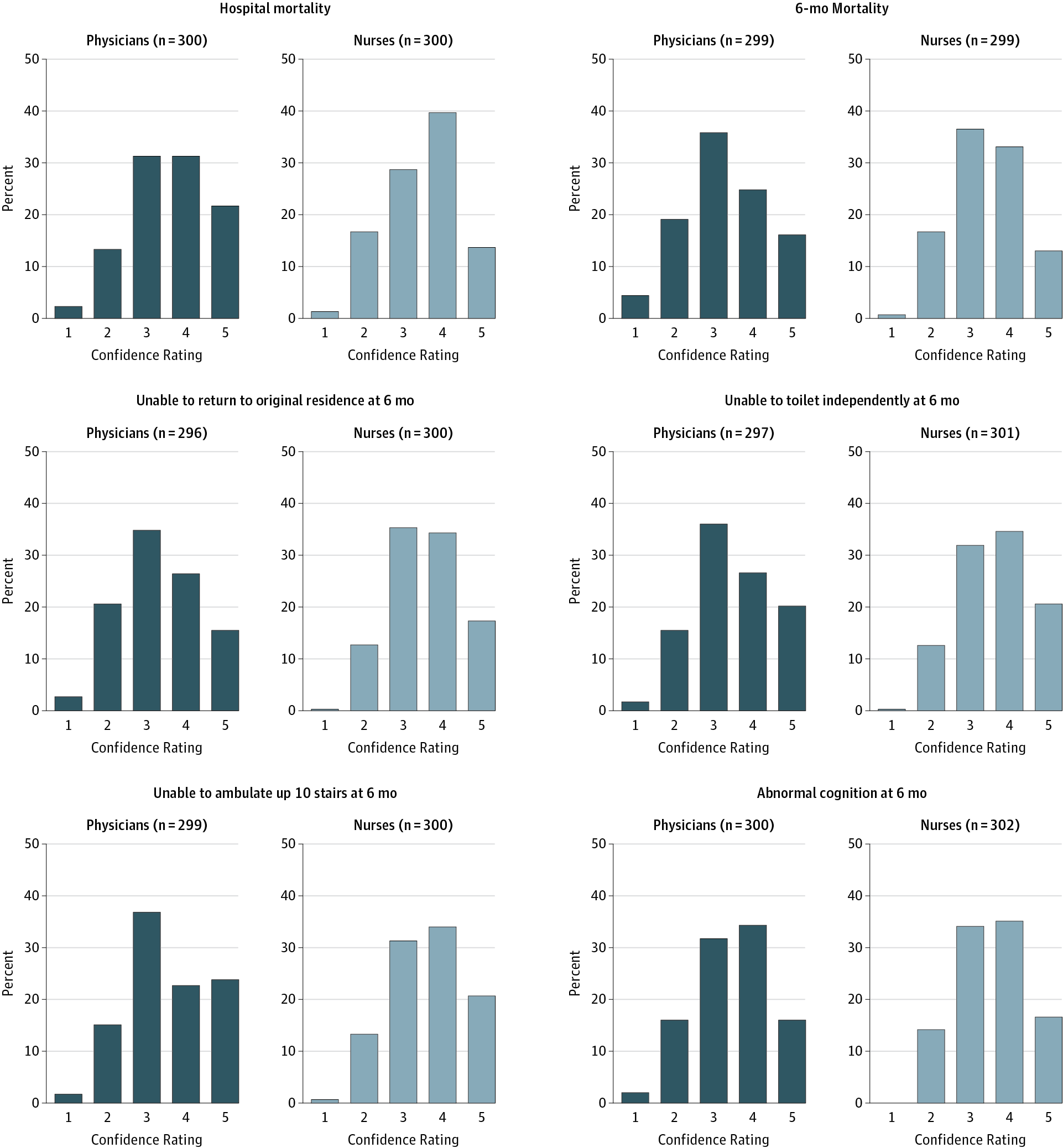
Effect of Home NIV on Outcomes After Acute COPD Exacerbation
This randomized clinical trial compares the effects of home oxygen therapy with vs without home noninvasive ventilation (NIV) on time to readmission or death in patients with persistent hypercapnia after an acute chronic... read more
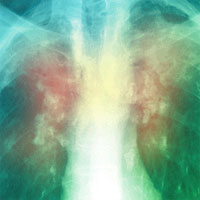
How to Ensure Your Medical Wishes Are Followed if You’re Critically Ill and Incapacitated
It happens every day in the intensive care units of hospitals throughout the country: Physicians ask the loved ones of someone kept alive by a ventilator and other medical devices whether the patient would want to live hooked... read more

Clinical Practice Guideline: Mechanical Ventilation in Adult Patients with ARDS
An Official American Thoracic Society/European Society of Intensive Care Medicine/Society of Critical Care Medicine Clinical Practice Guideline: Mechanical Ventilation in Adult Patients with Acute Respiratory Distress Syndrome.... read more

Bi-level Ventilation: Who Needs it and Who Doesn't?
Bi-level ventilation is commonly used in patients with respiratory failure in the emergency department. This is a brief review of the indications for bi-level ventilation as well as a review of the complications of this popular... read more
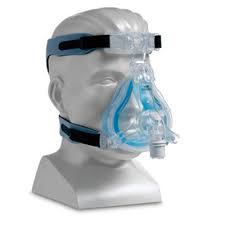
PaCO2 Equation
I've previously written about the alveolar gas equation and oxygen delivery equation, both of which deal with the physiologic process of oxygenation. Now I want to discuss the important relationship between alveolar... read more
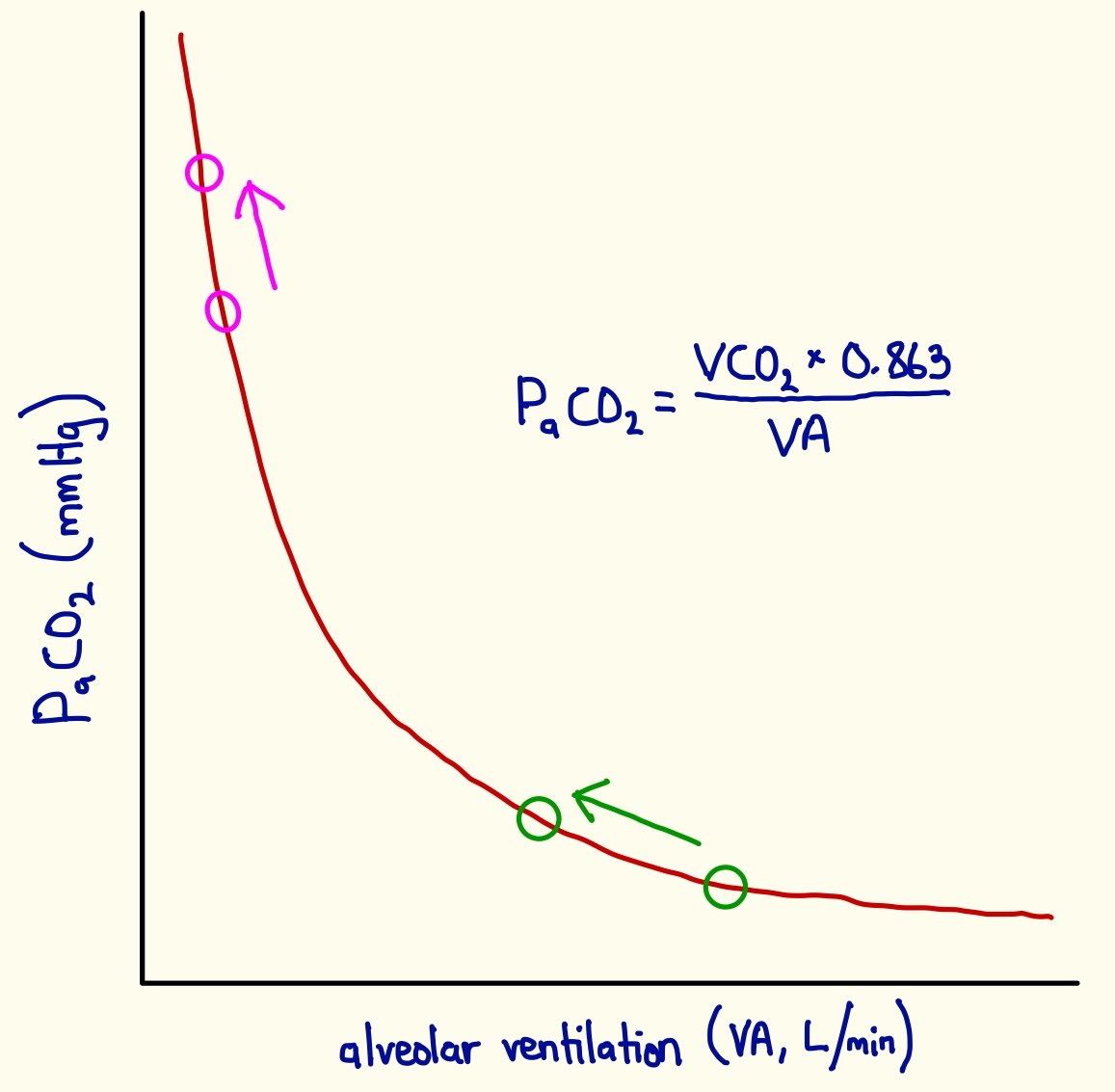
Identifying barriers to delivering the ABCDE bundle to minimize adverse outcomes for mechanically ventilated patients
Improved outcomes are associated with the Awakening, Breathing Coordination, Delirium and Early mobility/exercise (ABCDE) bundle; however, implementation issues are common. As yet, no study has integrated the barriers to... read more

Extra Corporeal Carbon Dioxide Removal
In patients with chronic obstructive airway disease and hypercapneic acidosis, who are failing non-invasive ventilation, does extra corporeal carbon dioxide removal compared to non-invasive ventilation alone, reduce the... read more



